



The Model Youth Gram Sabha (MYGS) revitalizes grassroots democracy by simulating Gram Sabha proceedings in schools. It offers experiential learning aligned with NEP 2020, combats youth apathy, nurtures leadership, and builds awareness of civic responsibilities, promoting inclusive, transparent, and participatory rural governance for future citizens.
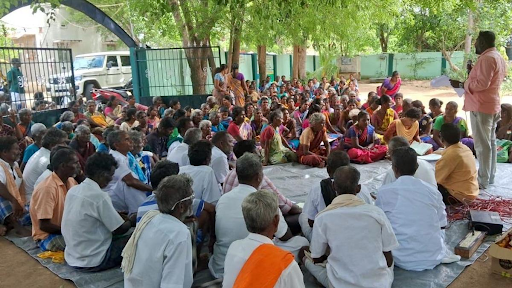
Copyright infringement not intended
Picture Courtesy: THE HINDU
The Model Youth Gram Sabha (2025) initiative was launched through a collaboration between the Ministry of Panchayati Raj, the Ministry of Education, the Ministry of Tribal Affairs, and the Aspirational Bharat Collaborative.
Launched in October 2025, the Model Youth Gram Sabha (MYGS) is designed as “Loktantra Ki Pathshala”—a classroom for democracy.
It simulates Gram Sabha meetings within schools, giving students practical exposure to local governance.
Key Features
Youth (18-35 years old) representing 65% of the population under 35, their creativity, energy, and digital fluency are essential for modern rural advancement.
Youth engagement in Gram Sabhas improves efficiency, transparency, and accountability, and offers new perspectives on education, health, sanitation, and employment.
Source: THE HINDU
|
PRACTICE QUESTION Q. How can the engagement of women in local governance structures challenge patriarchal norms and contribute to inclusive development outcomes in rural India? 250 words |
Local governance in India is a two-fold system: the Panchayati Raj System for rural areas and the Urban Local Bodies (ULBs) for urban areas. Both systems are three-tiered:
The 73rd and 74th Constitutional Amendment Acts of 1992 gave constitutional recognition to the Panchayati Raj Institutions (PRIs) and Urban Local Bodies (ULBs) respectively, making their establishment mandatory across states and providing them with a uniform structure, powers, and responsibilities.
Lord Ripon, who served as the Governor-General of British India from 1880 to 1884, is considered the "Father of Local Self-Government in India" for his administrative reforms in this area.
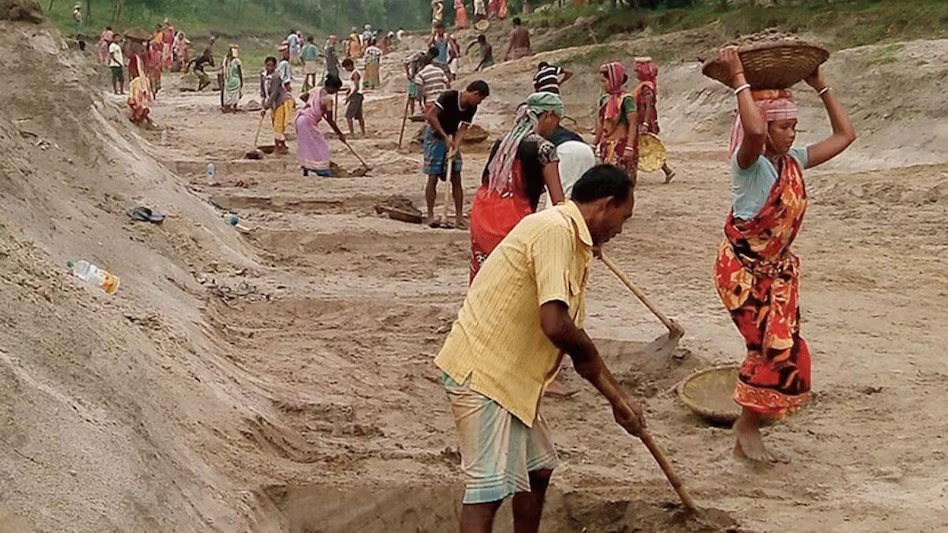
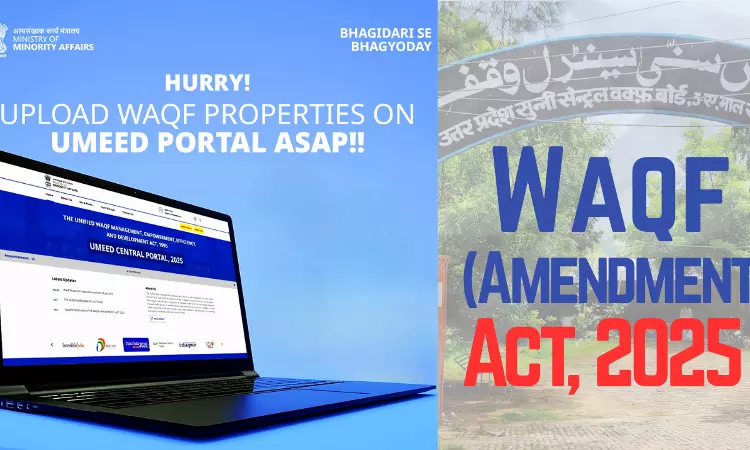

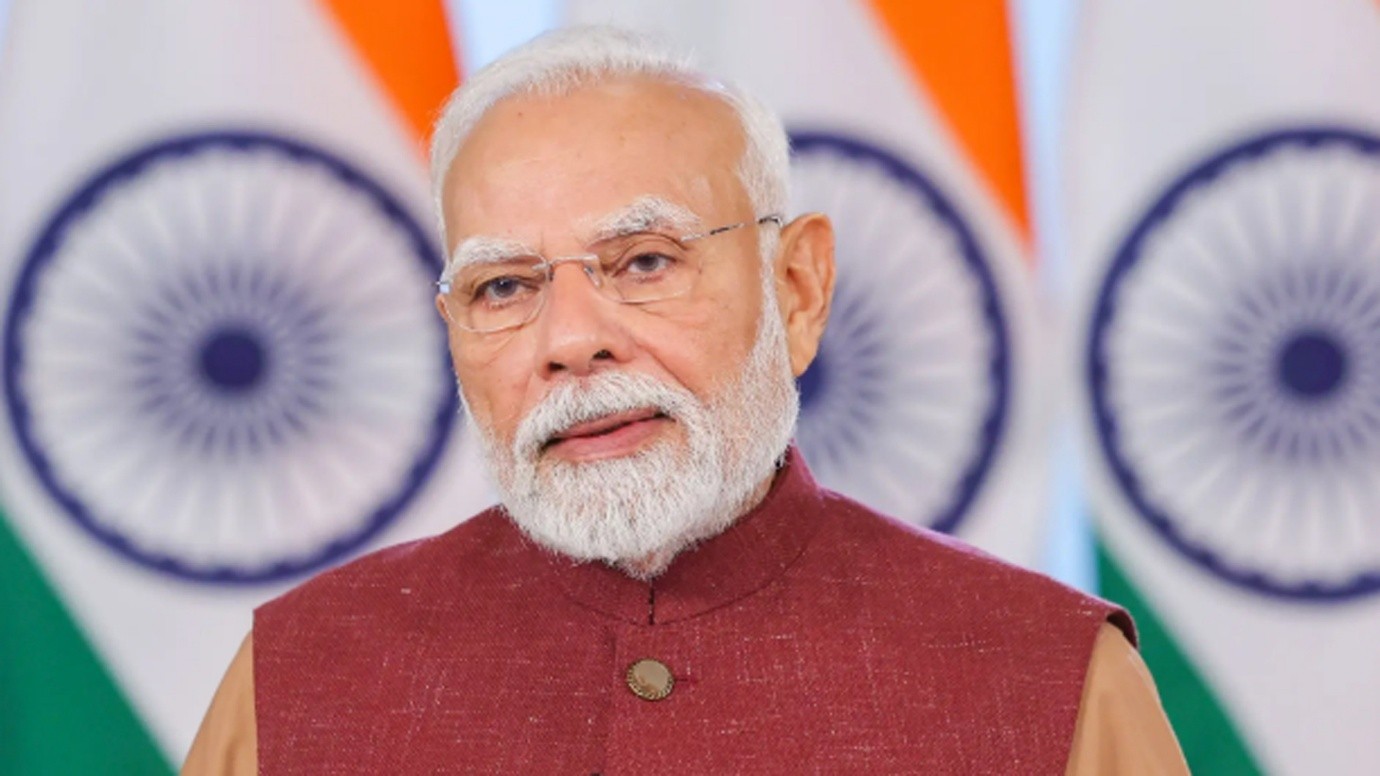
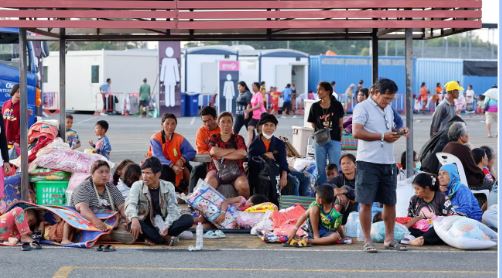

© 2025 iasgyan. All right reserved